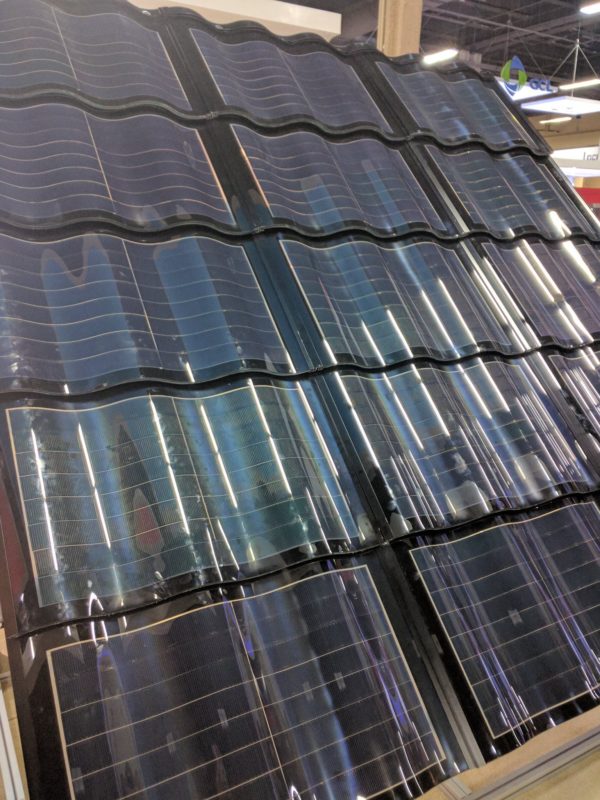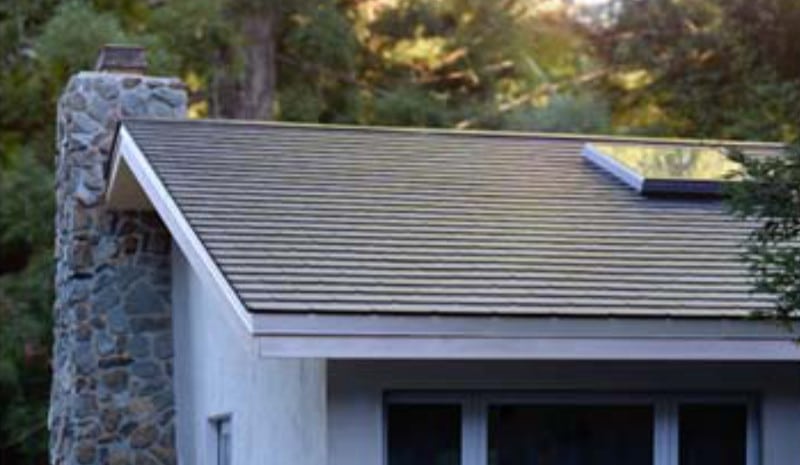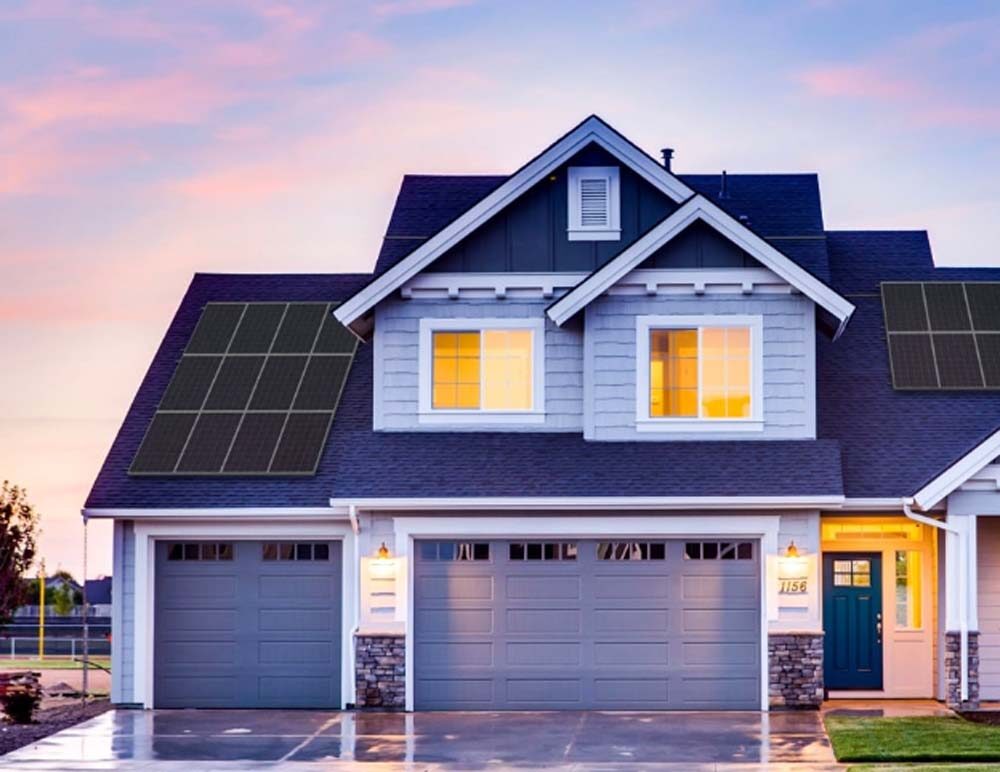Today, the California Energy Commission unanimously approved nation’s first requirement that all new homes include solar generation by 2020.
The 2019 Building Energy Efficiency Standards goes much farther than just solar power. The document represents California trying to make 1/9th of its emissions disappear through the intelligent implementation of currently available technologies, including solar films on glass, smartly sized and efficiently designed hot water tanks and air conditioners, lighting, solar power and energy storage. The document also provides the rough equation on how much solar must be installed, and how to install it.
Questions of scope and broader effect remain, one question that cannot be answered just yet is how broadly this legal requirement will alter the residential solar power hardware marketplace.
Abigail Ross Hopper, SEIA’s president and CEO said:
This is a precedent-setting policy — one that will bring enormous benefits and cost savings to consumers.
One precedent being set is that from time of home design, the consideration for integrating solar power will be taken. And if you’re going to be integrating solar power from time of design, you’re going to do things differently. In fact, you might choose to buy a Solar Roof from Tesla because it is perfectly suited for the new housing market as it combines standard roofing product plus solar power.
How much solar power could suddenly be in demand from manufacturers like Tesla who make unique products tying together form and function?
https://twitter.com/Toblerhaus/status/977353009595269120
In 2017, according to California permit records there were 113,000 new single- and multi- family homes built. Does that mean we might have 113,000 new solar power systems built every year because of this legislation?
First off, that amount isn’t a so far away from current volumes. GTM Research Solar Analyst Allison Mond estimates that in 2017 California installed 857 MW of residential capacity, representing nearly 127,000 individual installations.
However, the number of new systems won’t be that high 113,000 just yet. Homes can contract with a community solar project to meet the requirement, and some of multi-unit structures won’t have the same solar power requirements.
However, the number of new residential units built in California has been growing every year since the recession, and still hasn’t reached the same level as in 2004. If upwards of 100,000 new homes are built in 2020, and they all have a few kilowatts of solar, it won’t sell out a gigafactory.
The rules suggest that there is a strong association between air conditioned square footage and wattage of solar power required. If it’s one to one, then solar system requirements will probably be in the 1,500-4,000 watt range for the large majority of houses – with the average national square footage of a house being around 2,700.
Therefore 100,000 new homes with 2.7kW of solar power each will generate a marketplace for “integrated at time of design” solar power of 270 MW. That won’t fill out Tesla’s Buffalo capacity of 1 GW or more, but it might be enough to help RGS Energy bring back Dow’s Powerhouse Solar Shingle and folks like Hanergy trying to deliver their thin film curved shingle below.

It’s too soon to tell exactly what this new law will do to the solar market. In the short term, there may be an evolution in how solar power is installed. Might Tesla stock have just gotten a new reason to live?
pv magazine believes over the next few decades, the retrofit market will slowly disappear when all buildings have solar power. And as California goes, so goes the nation.
This content is protected by copyright and may not be reused. If you want to cooperate with us and would like to reuse some of our content, please contact: editors@pv-magazine.com.








By submitting this form you agree to pv magazine using your data for the purposes of publishing your comment.
Your personal data will only be disclosed or otherwise transmitted to third parties for the purposes of spam filtering or if this is necessary for technical maintenance of the website. Any other transfer to third parties will not take place unless this is justified on the basis of applicable data protection regulations or if pv magazine is legally obliged to do so.
You may revoke this consent at any time with effect for the future, in which case your personal data will be deleted immediately. Otherwise, your data will be deleted if pv magazine has processed your request or the purpose of data storage is fulfilled.
Further information on data privacy can be found in our Data Protection Policy.